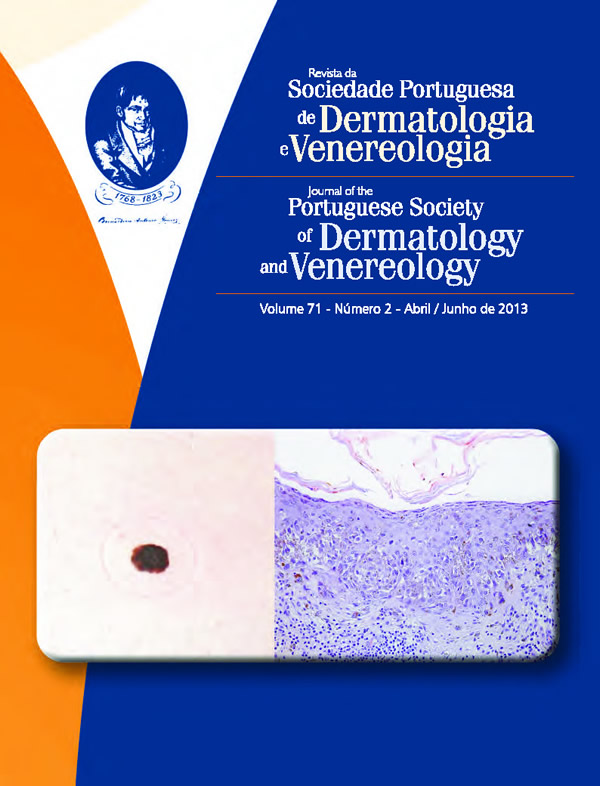PHEOCHROMOCYTOMA AND NEUROFIBROMATOSIS 1
Abstract
Introduction: Pheochromocytomas are tumours arising from chromaffin cells in the sympathetic nervous system. Clinical manifestations are protean, function of the variable secretory profile of several compounds including catecolamines, neuropeptides and other vasoactive molecules. Neurofibromatosis I (von Recklinghausen`s disease), a prevalent autosomal dominant disorder, is the most prevalent type among the neurofibromatoses. Among the diagnostic criteria proposed by the NIH Consensus Conference on Neurofibromatosis (1987), cutaneous, ocular and skeletal alterations are most relevant, although neoplastic disease involving a number of distinct organs cannot be overlooked as the altered NF I - gene product -neurofibromin - is a tumour supressor protein. Pheochromocytoma is a tumour that occurs in less than 1% of NF I patients; only 5% of pheochromocytoma reported cases are related to NF I. Nevertheless, among hypertensive NF I patients, the prevalence of pheochromocytoma may account for about 50%.
Case report: The case of a 27 YO Caucasian NF I female patient, with a 4 month history of episodes of colicky abdominal pain, hyperhidrosis, dyspnoea and paroxystic hypertension is reported. Urinary catecholamines and metanephrines were raised and the topographic work up (RMN and I-MIBG) disclosed a right adrenal mass that, upon adrenalectomy, confirmed the diagnosis of Pheochromocytoma.
Conclusion: This case report intends to re-emphasize the relevance of a multisystem, multidisciplinary approach to NF I patients, bearing in mind the systemic, often ominous nature of the associated com plications.
Downloads
All articles in this journal are Open Access under the Creative Commons Attribution-NonCommercial 4.0 International License (CC BY-NC 4.0).








